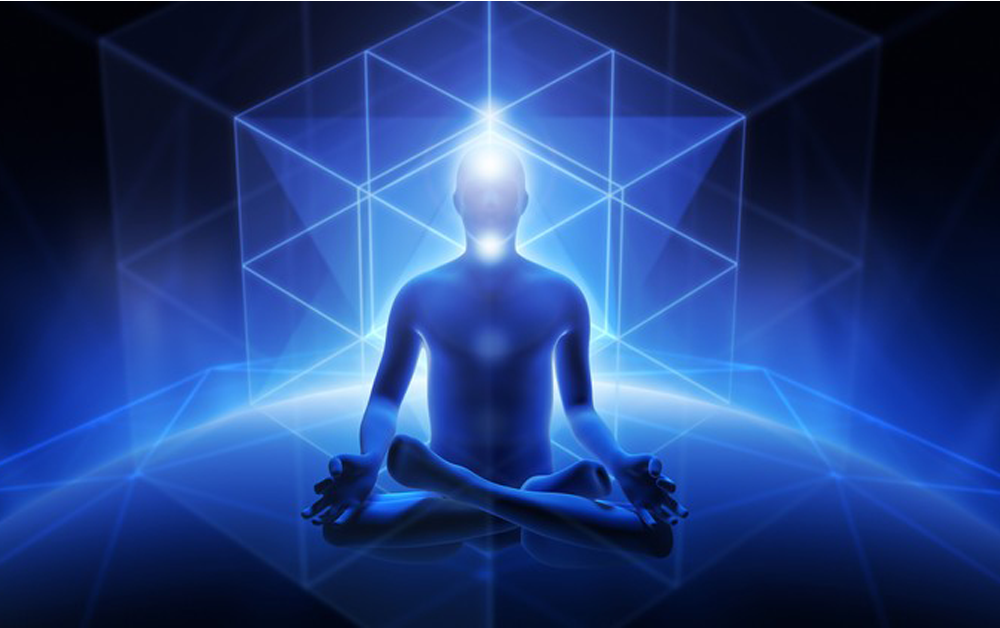Prana, Healing, Health

The notion of karma first appeared in Rigveda. In ancient texts of Vedic religion, Karma referred to as ritual and sacrificial action. Law of Karma is regarded as a natural and universal law. So it is defined as good and bad happenings experienced in this life are combined results of the deed on past and present. Karma is closely related to the ideas of reincarnation or rebirth means a person is born as a new human or non-human after death. Prarabdha, Sanchita and Kriyamana are the three types of karma agreed by most of the traditions. As a concept, Karma has various common themes such as the principle of causality, ethicization and rebirth. Causality is one of the earliest combinations of karma to the principle of causality occurs in Brihadaranyaka Upanishad. Another common theme of ethicization begins with the premise that every action has a consequence. One of the major themes is the cycle of rebirth which is the fundamental concept of Hinduism, Buddhism, Jainism and Sikhism. Rebirth defines about two facts that good karma and bad karma. Good karma is considered as dharma which leads to Punya and bad karma is considered as dharma which leads to pap or sin. The effects of one's karma can be divided into two forms. One is Phala and other is Samskara. Phala has visible or invisible effects and Samskara is the theory of karma presents in Samskara which has invisible effects. The Karma marga, the Jnana marga and the Bhakti marga are the 3 ways to salvation presents in Bhagavadgita. Because ending of Karma or karmic consequences releases from the cycle of birth and death commonly known as Moksha or Nirvana.
Get weekly updates on the newest articles, quotes and newsletters right in your mailbox. Subscribe now
